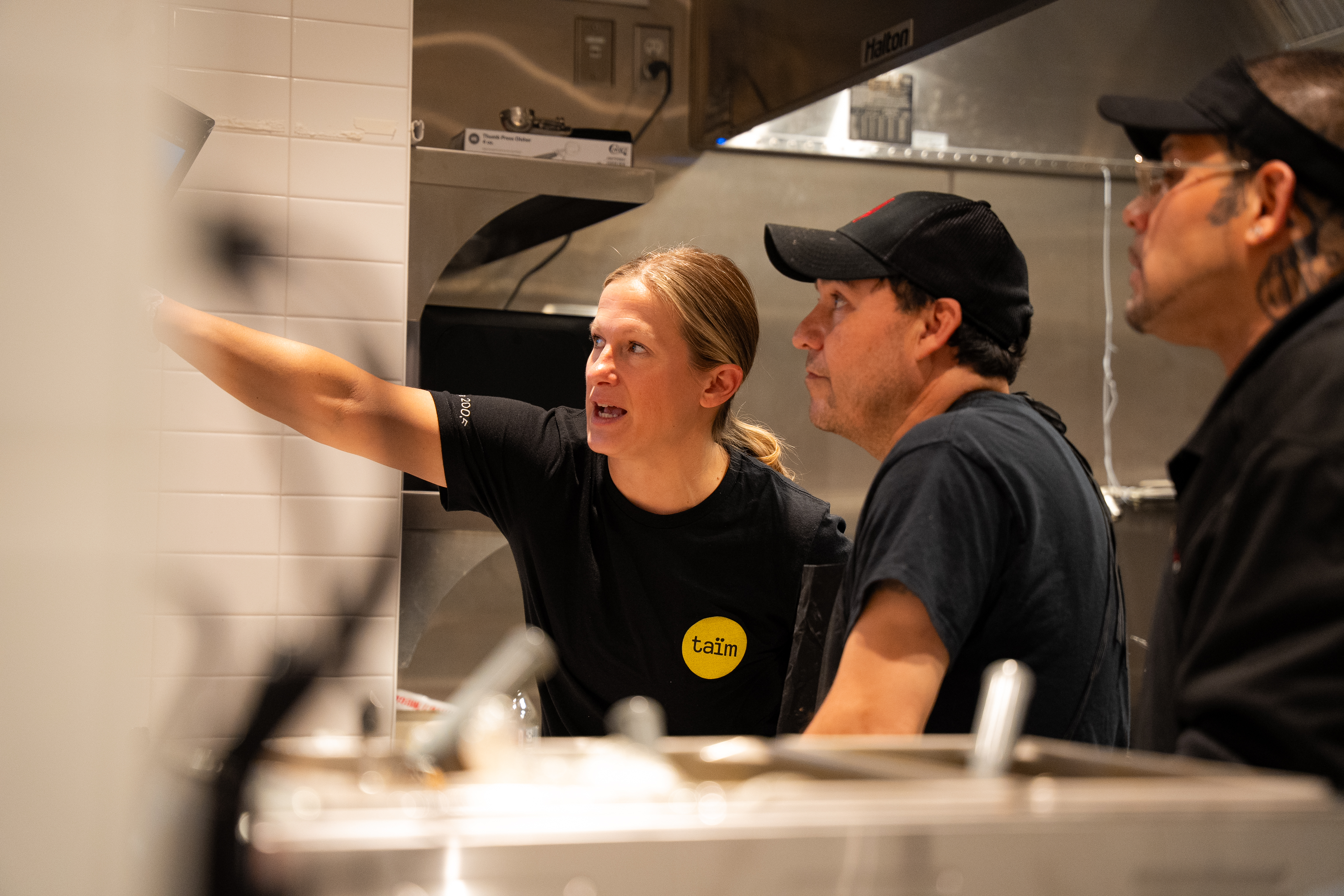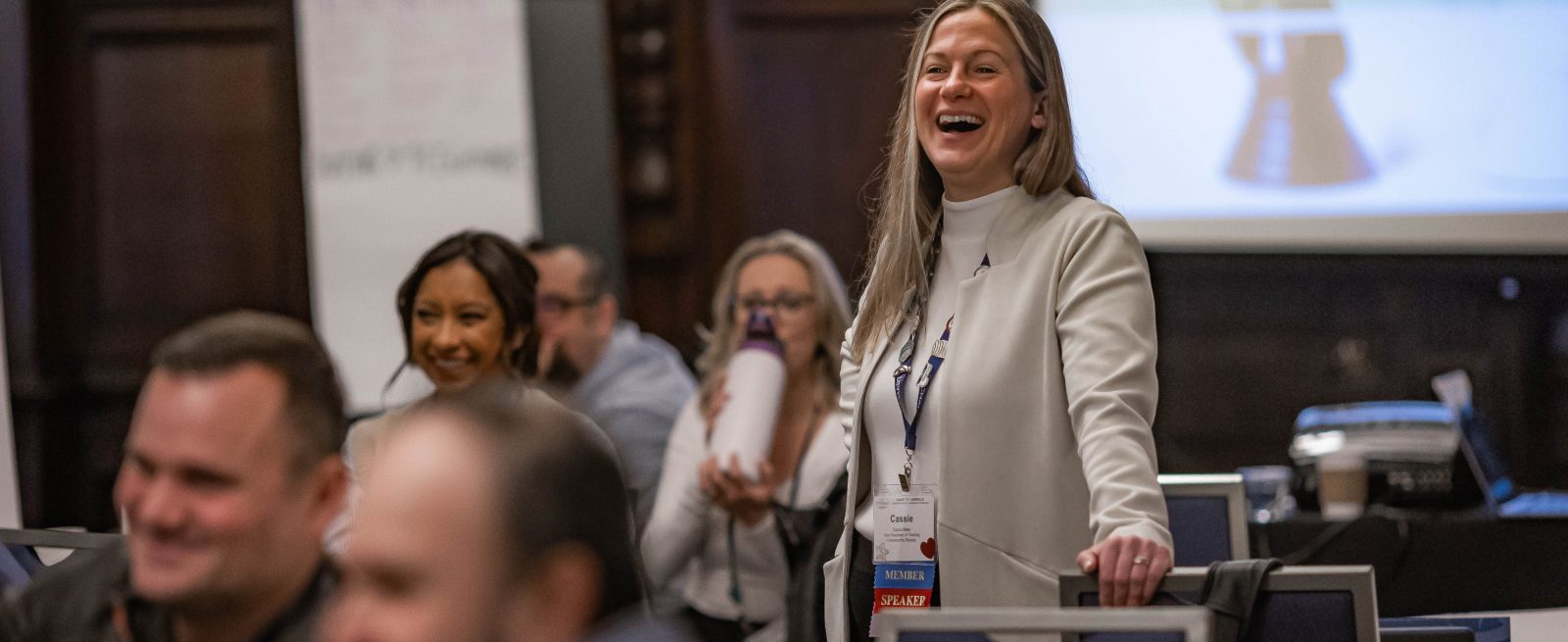Training at Scale: How to Grow Restaurant Teams Without Losing Brand Soul
4 Min Read By Cassie Miller
Restaurant expansion is an exciting milestone, but it brings a hidden risk: as you grow, your team culture and operational standards can get lost in translation. Whether scaling a single concept across new locations or managing multiple brands under one roof, the ability to deliver training that scales without becoming generic is mission critical.
At Craveworthy Brands, we have learned that training is far more than a system for consistency, but a strategy for unlocking loyalty, performance and culture across every unit. After 15-plus years leading training practices in hospitality, I have seen firsthand how the strongest brands turn their playbook into a methodical growth engine. Here is how we think about building programs that scale with intention and stick with your teams.
Lead With Product Understanding, Not Policy Memorization
Training often begins with policies. But your team does not show up every day to memorize handbook rules, they show up to serve amazing food. That is why it is paramount to design training to start with product immersion, not protocol. Before diving into handbooks and standard operating procedures (SOPs), use training to build excitement and knowledge around what makes your food or service stand out.
Rather than starting onboarding with the technicalities first, start with what your guests actually experience. Let new hires taste the food, hear the brand story and see a dish prepared the right way. That firsthand exposure to the product sets the tone and shows new team members what they’re working toward. It builds confidence, pride and connection, prompting them to feel more invested in delivering excellence with the brand’s values at the forefront.

Standardize the Structure, Customize the Delivery
Scalable training does not mean carbon-copy. Whether it is a franchise partner opening their fifth location or a general manager introducing new hires, you want the training experience to feel like it belongs to their specific brand environment.
As you are establishing systems it is important to keep modularity in mind. Core structures, like onboarding timelines, performance benchmarks and operational standards, should be consistent across the portfolio. But tone, visuals and cultural touchpoints vary to reflect each brand’s voice. It is structure with soul.
If you are overseeing multiple locations, or even multiple brands, uniform training content might seem appropriate, but total uniformity can strip away what makes each concept resonate with its target audience.
Choose Tech That Supports Behavior Change, Not Just Completion
It is tempting to over-engineer tech in hopes of making training “efficient.” However, when the platform is clunky, or the content feels more like homework than support, engagement plummets.Instead, use mobile-first, bite-sized modules with real-world application, and always track what happens after someone completes the training.
Technology makes it easier to scale training, but it is only useful if it drives successful outcomes. Choose a learning platform that supports microlearning, such as short, targeted lessons that can be completed quickly and revisited often. Add interactivity: use short videos, situational decision-making challenges and quizzes to reinforce key ideas. Most importantly, evaluate the tech not by how many people complete the training, but by whether it improves performance afterward.
Design Training With Operators, For Operators
Corporate training teams can fall into the trap of building content in a vacuum, but the best training programs reflect the realities of the floor.
Set up a feedback loop with operators to understand what their teams actually struggle with. Run pilot programs in high- and low-performing stores. Ask what materials get used, and what gets skipped. This will help you build content that is not only viable but embraced. It is also important to involve general managers, shift leads and hourly team members in creating or testing training content to ensure it is relevant and realistic.
When the people delivering training feel like co-owners of the content, adoption and impact increase dramatically.

Use New Openings to Hardwire Culture from Day One
New store openings move fast, and it is easy to make training feel like a checklist. However, thatis when culture is formed. Use every touchpoint, kick-off meetings, shadowing and even pre-shift huddles, to reinforce brand values and guest expectations.
Treat openings as opportunities to model the behaviors and values you want embedded long-term— not just to train on logistics. Teach your brand story. Celebrate hospitality wins during the training period. A team that feels connected to the why behind the work is more likely to stay engaged, perform well and grow with the brand.
Tie Training Outcomes to Business Impact
Want your leadership team to support deep investment in training? Show them how it moves the needle. That might mean tracking guest satisfaction scores after service training, ticket times after expo modules or team member retention after onboarding improvements.
Pick two to three key performance indicators (KPIs) that training should influence, then build tracking into your systems to measure progress. Use tools like your point-of-sale (POS) or learning management system (LMS) to connect the dots between learning and results. That kind of data does not just prove return-on-investment (ROI); it helps you refine your program faster.
Growth does not mean letting go of what makes your brand special. Done right, training is how you protect that identity, while multiplying your impact. It is not about perfection, but about purpose. And with the right systems, tools and collaboration, your training can become your brand’s most powerful lever for scalable success.
Let your training do more than teach the job. Let it build the team that nurtures the brand.


